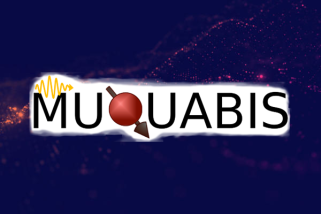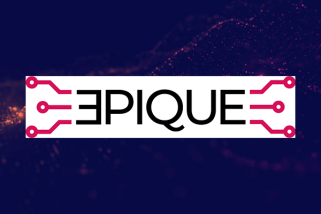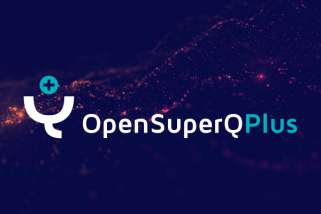
Basic Science
MicroQC - Microwave driven ion trap quantum computing
The construction of a large-scale trapped-ion quantum information processor can be made decisively simpler by using the well-developed and compact microwave technology present already in today’s mobile phones and other devices. Microwave technology has tremendous simplification potential by condensing experimental effort from an optical table with several square meters of accurately aligned optical components down to an engineered conductor microstructure embedded into a chip surface and a few off-the-shelve microwave components. Thus, this technology can be the key enabling step for addressing the formidable challenge of a scalable quantum processor. Although the field is still in its infancy, there is rapid progress: a fidelity of over 99.9999% has been achieved for single-qubit gates and 99.7% for two-qubit gates. This technology allows the execution of quantum gates by the application of a voltage to a microchip potentially replacing millions of laser beams and it can operate at room temperature or mild cooling. There are still enormous technical challenges in scaling ion trap (or any other) systems up to the millions of qubits required to implement meaningful full-scale quantum computation and simulation. The main objective of MicroQC is to demonstrate, through state-of-art quantum engineering, fast and fault-tolerant microwave two-qubit and multi-qubit gates and to design scalable technology components that apply these techniques in multi-qubit quantum processors. The successful accomplishment of these objectives, in a combined effort by five leading groups in this field – three experimental groups, including the pioneers in microwave quantum logic with static and oscillating magnetic gradients, and two leading theory groups – will make large-scale quantum computation and simulation with microwave-controlled microfabricated ion traps possible. In addition, MicroQC will produce a roadmap, to take microwave quantum computation to high technology readiness levels.
This project has received funding from the European Union’s Horizon 2020 research and innovation program under grant agreement No820314.



